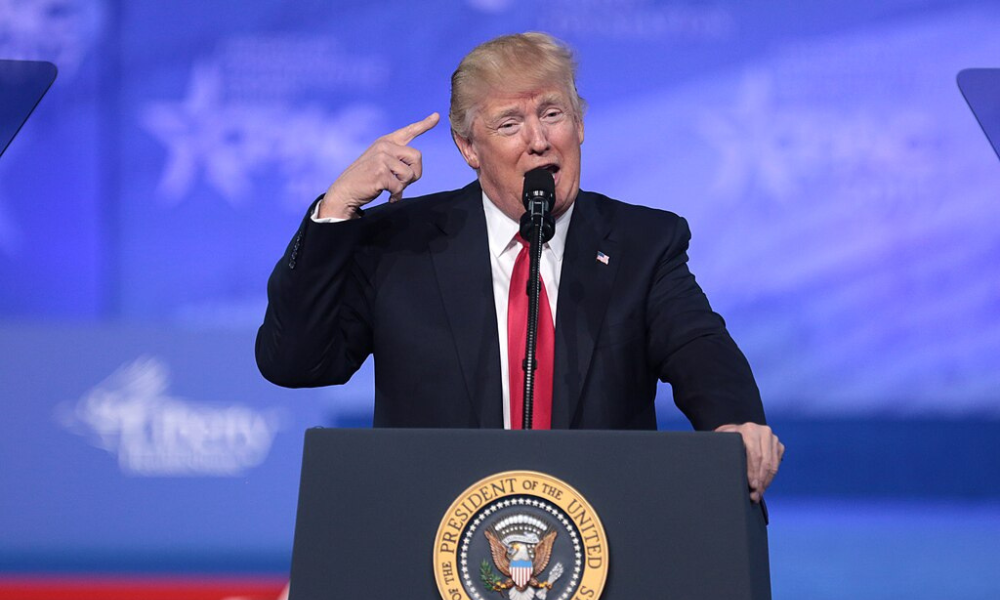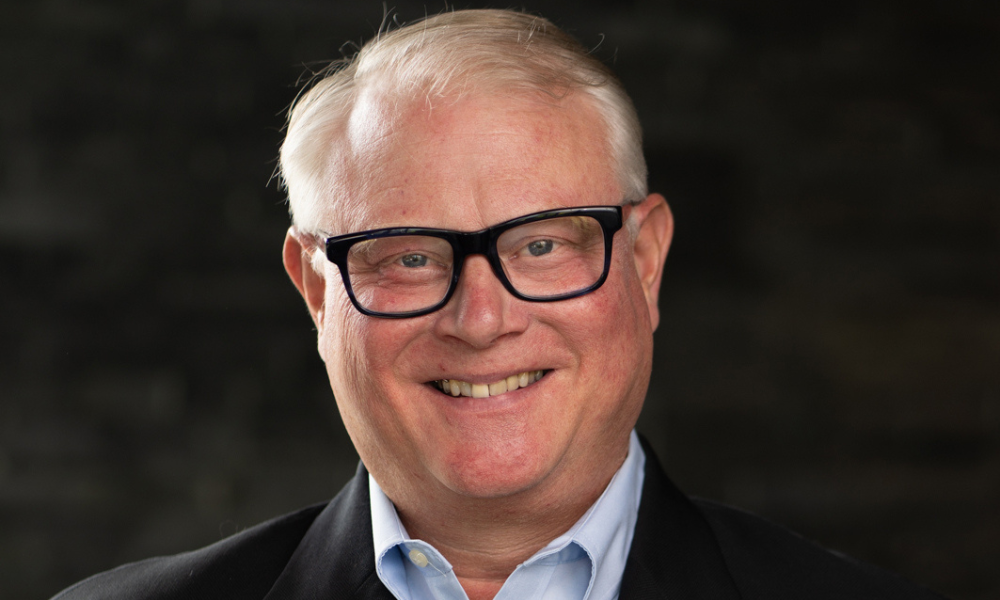In today’s cluttered market, a first-mover advantage is no longer enough to guarantee success over rivals

The success of the ETF industry over recent years has been undeniable. Aside from gathering trillions of dollars in assets from investors around the world, the industry has seen itself progress from the plain-vanilla types of ETFs to more sophisticated flavours — active funds, smart-beta funds, and thematic funds, to name a few.
But with the expansion of the industry, it has become harder for any one fund to stand out above the growing crowd. One fund may achieve enough popularity and returns to become a billion-dollar behemoth, while another might be lucky to even rake in assets in the tens of millions.
According to Jay Jacobs, head of Research and Strategy for US-based ETF provider Global X, being first to market was the most important thing during the early years of the industry. “Now as the market gets more mature there is more focus on what is under the hood and the quality” of a fund’s investments, he told The Wall Street Journal.
Part of that evaluation, according to Jacobs, should focus on how enduring the economic role of an ETF’s theme or industry focus will be. As an example, he maintained that a shift from gasoline vehicles to electric ones will create an increasingly vital need for lithium, the metal used in electric-car batteries, which is why Global X recently launched a lithium and battery-technology ETF. In contrast, the firm has passed on the idea of an ETF that focuses on global trade wars since it’s unclear how long the current tensions will last.
Another consideration is the investability of an ETF — the diversity of market securities and companies that can be tied to a fund’s theme. “We feel comfortable [as investors] when there is enough exposure to the investment theme and there is enough diversification within the ETF,” said John Ravalli, managing director of portfolio strategy for Hawthorn, PNC Family Wealth. According to Ravalli, his firm looks for at least 20 to 25 securities to underlie a thematic mandate.
He also sees the liquidity of a fund’s underlying assets as a prime consideration. In illiquid markets, price swings can be much bigger, and difficulty in making trades could also handicap a portfolio manager that’s trying to maintain the alignment between a fund’s strategy and its investments.
Jon Swaney, co-head of strategic asset allocation at New York Life Investment Management, also prioritizes consistency between an ETF’s performance and the claims made by the fund provider. An ETF that purports to follow an index of gold-mining stocks, for example, should do so for investors to clearly know its place in their portfolios. When a fund doesn’t track an index, determining whether a vehicle isn’t conforming to its strategy is much more difficult.
But on rare instances, an ETF succeeds by being the best way to accomplish a certain investment objective. This can happen for ETFs with one-of-a-kind mandates, or ones through which investors can pursue strategies that are otherwise difficult to execute.
“Investors would be hard pressed to short individual Turkish stocks, but you could certainly short the ETF” that holds Turkish stocks, said Todd Rosenbluth, CFRA’s director of ETF Research. Specifically, Turkey short-sellers could target the iShares MSCI Turkey ETF (TUR), which is the only ETF focused solely on Turkish equities.
Follow WP on Facebook, LinkedIn and Twitter
Related stories:
Institutional interest in bond ETFs rising
How investors can use ETFs for tactical exposures



